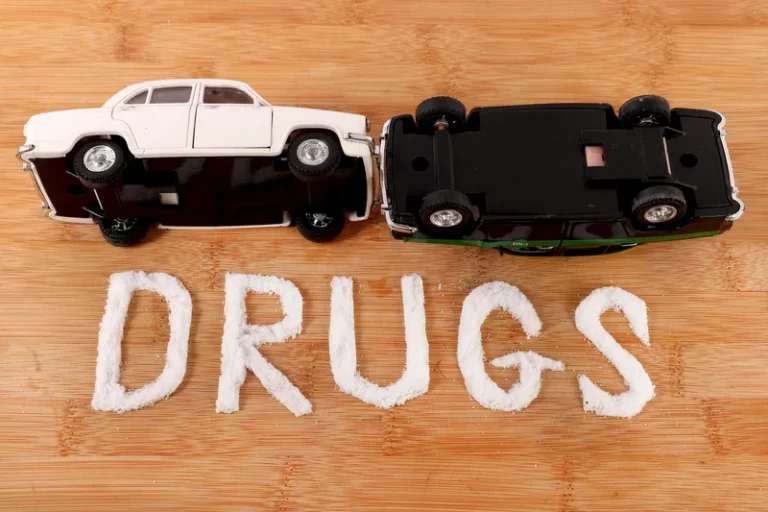
After this point, the amphetamines are no longer racing through the body to provide their effects. A good rule of thumb is that if you feel the effects of using amphetamines, it is still possible to detect it in the blood in most cases. The meth detection window may be slightly longer, for example, than dextroamphetamines.
Adderall Detection Times
The most common method for testing for amphetamines is in urine, but it is also done through blood tests. In even less invasive testing, health care workers can use a strand of hair to detect the presence. Keep in mind that, in hair, use over a much longer period can be detected. When it comes to opioids, you may be wondering how long they can be detected in your body.
The Link Between Alcoholism and Depression from the Brain Chemistry Point of View

Hair follicle tests have the longest detection window, with amphetamines being detectable for up to 90 days after use. The length of time that cocaine can be detected in a person’s system depends on various factors, including the amount and frequency of use and the individual’s metabolism. In general, cocaine can be detected in urine for about 2-4 days after use. https://ecosoberhouse.com/ However, it can be detected in the blood for a shorter period, typically around hours. Hair follicle tests have a longer detection window, with cocaine being detectable for up to 90 days.
Insurance Providers
- Another important thing to avoid before a urine drug test is excessive fluid intake.
- Before taking a urine drug test, there are several things that you should avoid in order to ensure accurate results.
- In this article, we take a closer look at cocaine, why it’s addictive, how long cocaine stays in your system, and the long-term effects of cocaine use.
- In people with ADHD, these neurotransmitters are chronically low, leading to low levels of concentration.
Others include a dry mouth, low appetite, nausea, headaches, an irregular heartbeat, blurred vision and malnutrition. These drugs increase the body’s normal functions and the speed at which the brain sends and receives messages. Amphetamines are how long do amphetamines stay in urine used medically to treat attention-deficit/hyperactivity disorder (ADHD) or narcolepsy.
- For this type of detection, users will need to urinate into a sample container.
- The detection time for opioids can vary depending on factors such as the type of opioid used, the frequency and duration of use, and individual metabolism.
- An oral fluid test can sometimes be used for amphetamine detection.
Paying for Treatment
Once people have completely discontinued using the amphetamines, they normally want to know how long it will take for the drugs to be removed from their systems. Naturally, the process of elimination from the body varies slightly from person to person. A drug’s half-life is how long it takes the body to remove half of a dose. For example, a person taking 10 mg of dextroamphetamine will still have 5 mg in their body 12 hours later, 2.5 mg 24 hours later and so on.

Methamphetamine causes peak effects within a few hours after use and can last between 8–12 hours for most people, regardless of the administration method. Blood tests can determine the difference between amphetamine abuse or proper use as prescribed by a doctor. Doctors can also screen for amphetamines by testing a strand of hair or the blood. If the doctors suspect amphetamine injections, they may encourage the patient to test for HIV and hepatitis B or C. We understand that the treatment process can be difficult at times.

Cocaine Detection Times
Hair follicle tests have the longest detection window, as opioids can be detected in hair for up to 90 days. It’s important to note that these are just general guidelines, and individual results may vary depending on various factors. With amphetamines like meth, it is very hard to simply stop using on your own. Many people with an amphetamine addiction need a detox program with residential care because of how intense such addictions can be. If you are trying to avoid drug tests showing positive results, reach out for substance abuse treatment instead.
Need for Ketamine Addiction Treatment Surges 4300%
These factors include the frequency of use, the method of consumption, and individual metabolism. In general, marijuana can be detected in urine for up to 30 days after use. However, it is typically detectable for about 2-7 days for occasional users. In saliva, marijuana can be detected for up to 72 hours after use. For heavy users, marijuana can be detected Halfway house in hair follicles for up to 90 days.



